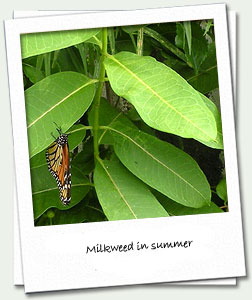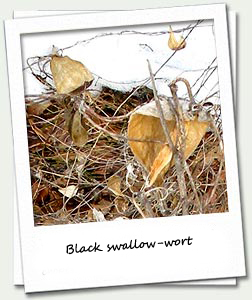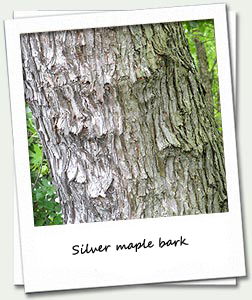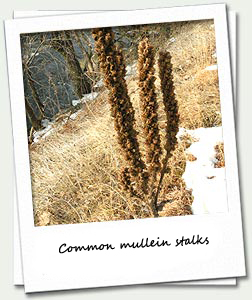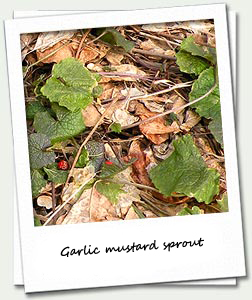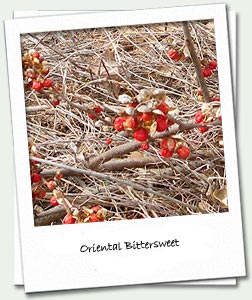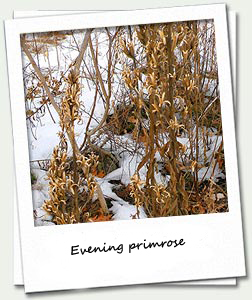 |
 |
||||||
|
Science: Plant Life - Plants in Winter
Black swallow-wort (left) is a vine in the milkweed family, which climbs, chokes, and shades out native plants and even other invasive plants. If a monarch butterfly mistakes this for native milkweed, it will likely produce deadly consequences for its young.
Silver maple trees can be identified in winter by their scaly bark. In the spring, they are one of the first trees to bloom, producing soft but spiky-looking rusty-red flowers.
Garlic mustard is often the first green showing when snow cover melts away. Its looks small and non-threatening after sprouting, but the invasive will grow in a hurry during early spring.
Oriental bittersweet has bright red berries with yellow shells in winter. Although it looks beautiful and may produce food for wildlife, it is highly invasive and can easily choke out native plants.
Evening primrose is a native yellow wildflower, which also stands tall over the snow. It may hold onto its seeds through the winter.
White oak trees are common along the mid-sections of the Concord River Greenway. The native tree can be spotted easily from afar during the winter months, because it is one of the few to hold onto its old brown leaves until spring arrives. Sometimes these leaves serve squirrels as material for winter shelter or spring breeding.
|

